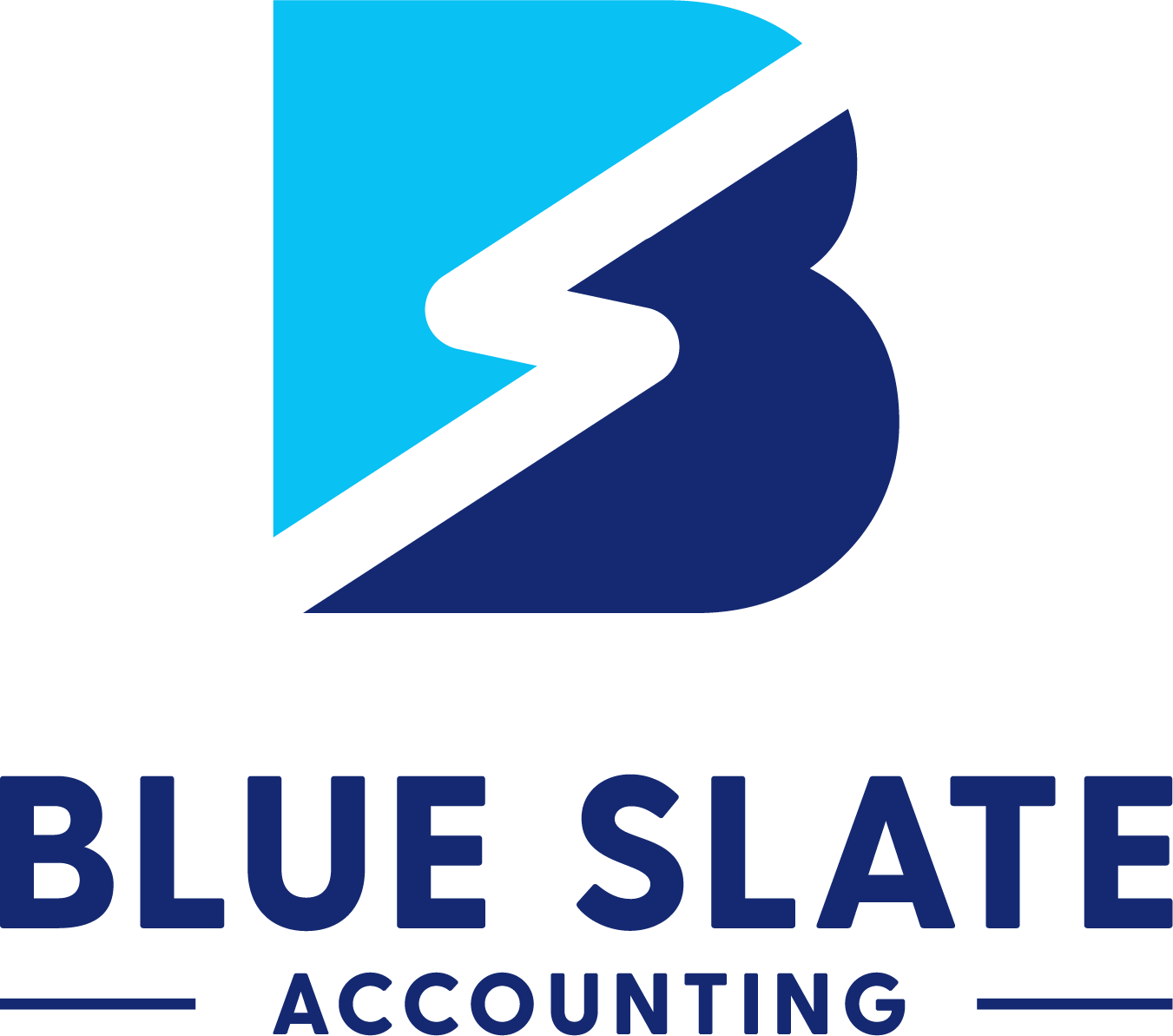IS IT TIME TO REVIEW YOUR CHART OF ACCOUNTS?
Perhaps when you set your business up, a friend or relative helped establish a chart of accounts and since then no one has reviewed the system. Almost all small businesses need to take the initial step in setting up their chart of accounts, but over time things change.
QuickBooks has different industry choices, but customization may not go far enough and that’s where the value of an experienced bookkeeper can really pay off by fully fitting the chart of accounts to your business.
Owner Equity And Start Up Costs
An Owner Equity Draw account is to track money that has been drawn out in lieu of payroll and this will come into play at year end. This contribution account will make sure that all expenses are showing up on the books and the owner is getting credit for contributing money to the company and again this will come into play at year end.
Perhaps a few years have gone by and business has transformed from a hobby or a lifestyle business to a booming company that has drawn the attention of investors that want to grow. Duplicating locations may be next to impossible if the initial startup costs are non-existent and documented. During the first year of business, all expense reimbursements and owner draws need to be detailed out and recorded with as much info as possible. The startup costs are a major piece of the puzzle and can be upwards of 5 or 6 figures. Without solid documentation – it’s difficult to reconstruct financial history down the road when your business is ready to expand. Having a system in place will allow you to prosper in the long run.
Cost Of Goods Sold And Break Even Analysis
By tracking all costs associated with items or services sold allows for some strong financial reporting. Your gross profit margin will tell you if your services are priced correctly, which product lines are profitable or perhaps those product offerings that need to be reexamined.
Mixing expenses with cost of goods sold is pretty common with small businesses early on. An example is shipping. Postage for mailing correspondence and shipping for customer product are two separate things. By separating these costs helps a business owner show fixed costs vs. variable costs. Knowing and understanding monthly fixed costs is one of the main components in determining your company’s monthly break even point. With these numbers, projected revenue can be established to keep the lights on, your employees paid and grow a profitable business.
Your numbers can also be tied to marketing efforts calculating the true ROI for monies spent on advertising, inbound marketing, coupons, trade shows, etc.
Over time businesses and their service offerings change. Packaged services can account for added revenue. However, there could be economies of scale for fixed costs that can factor into these packaged services that will affect QuickBooks entries.
Check your business’s financial health with a QuickBooks review performed by a professional.










